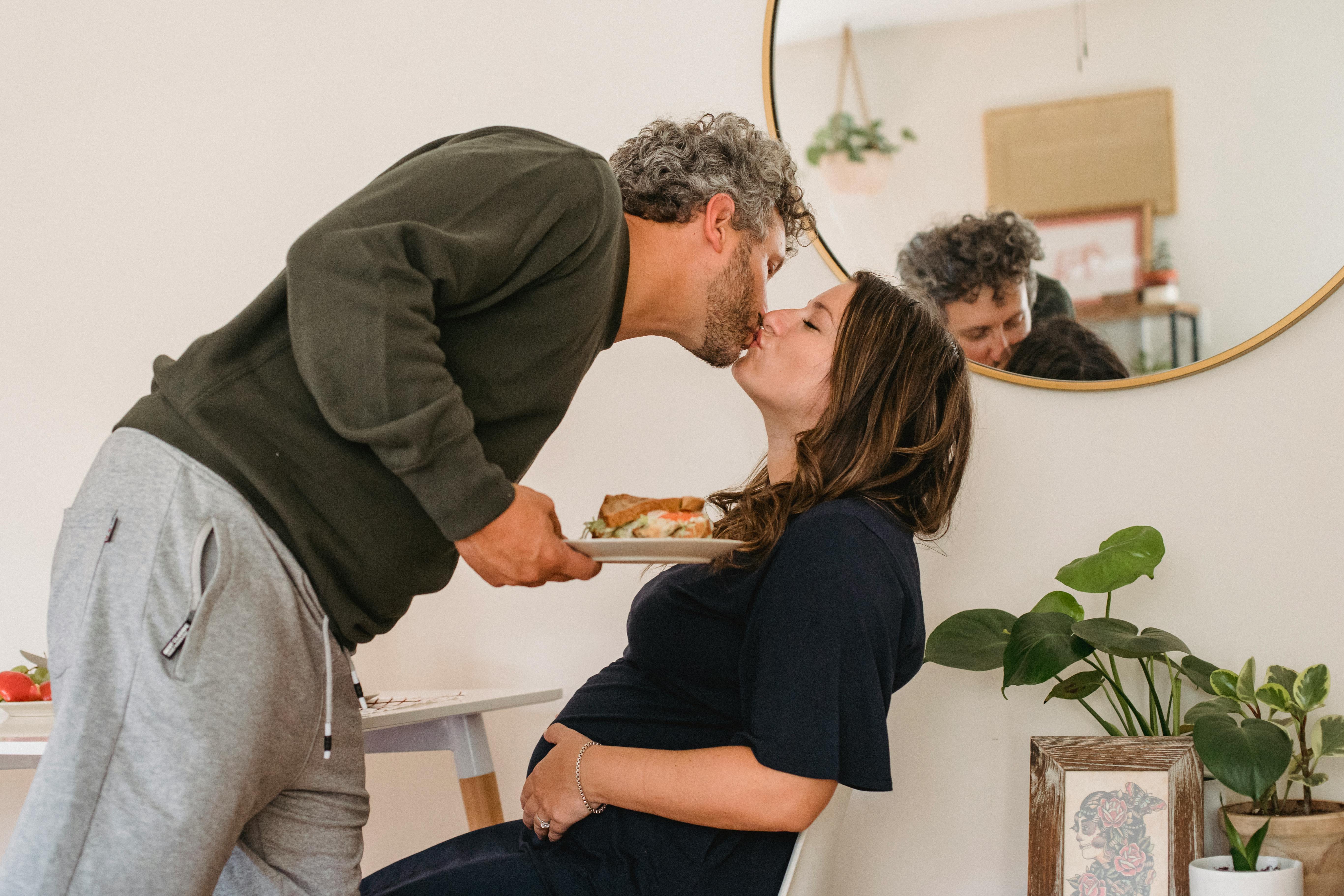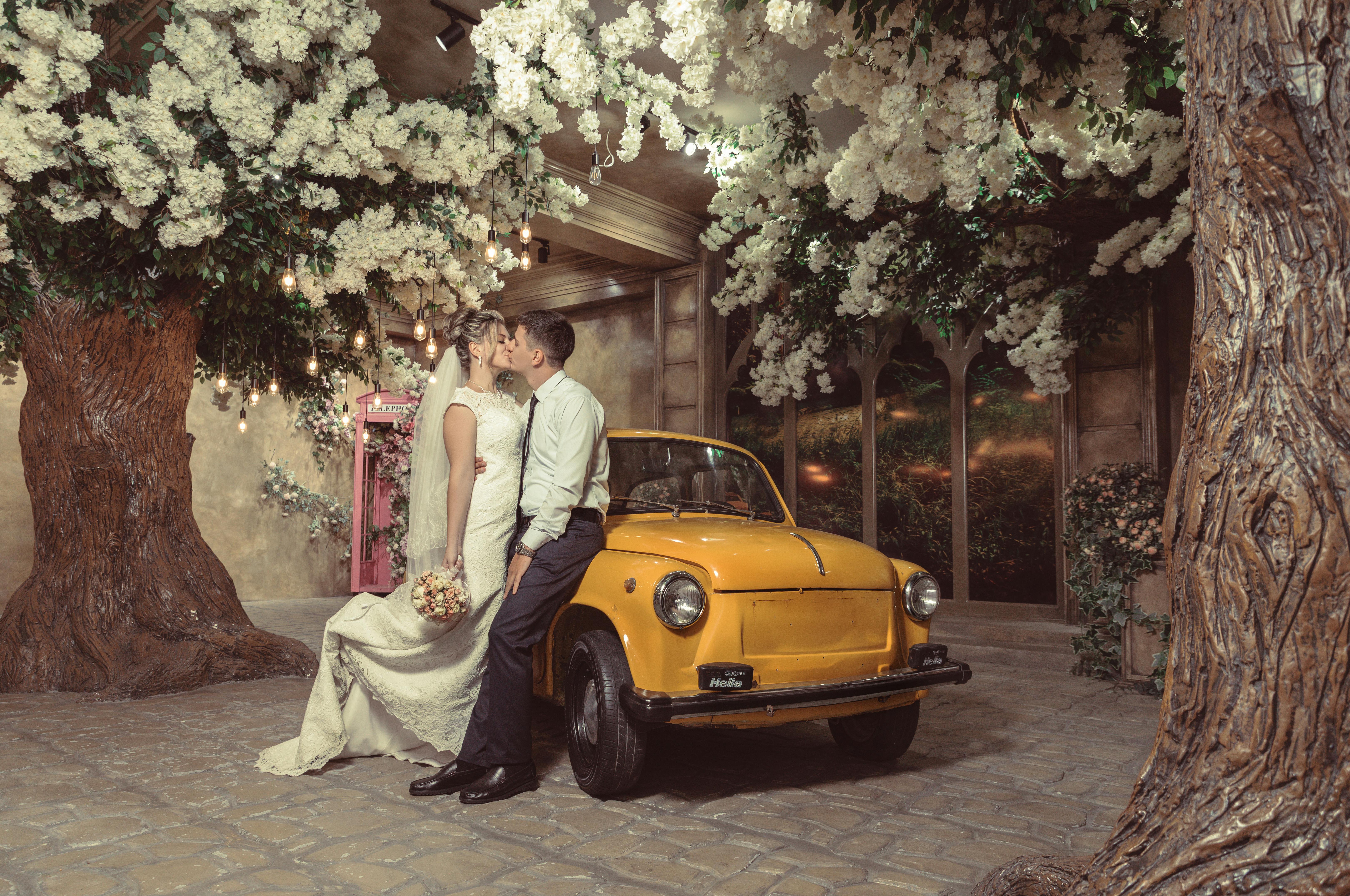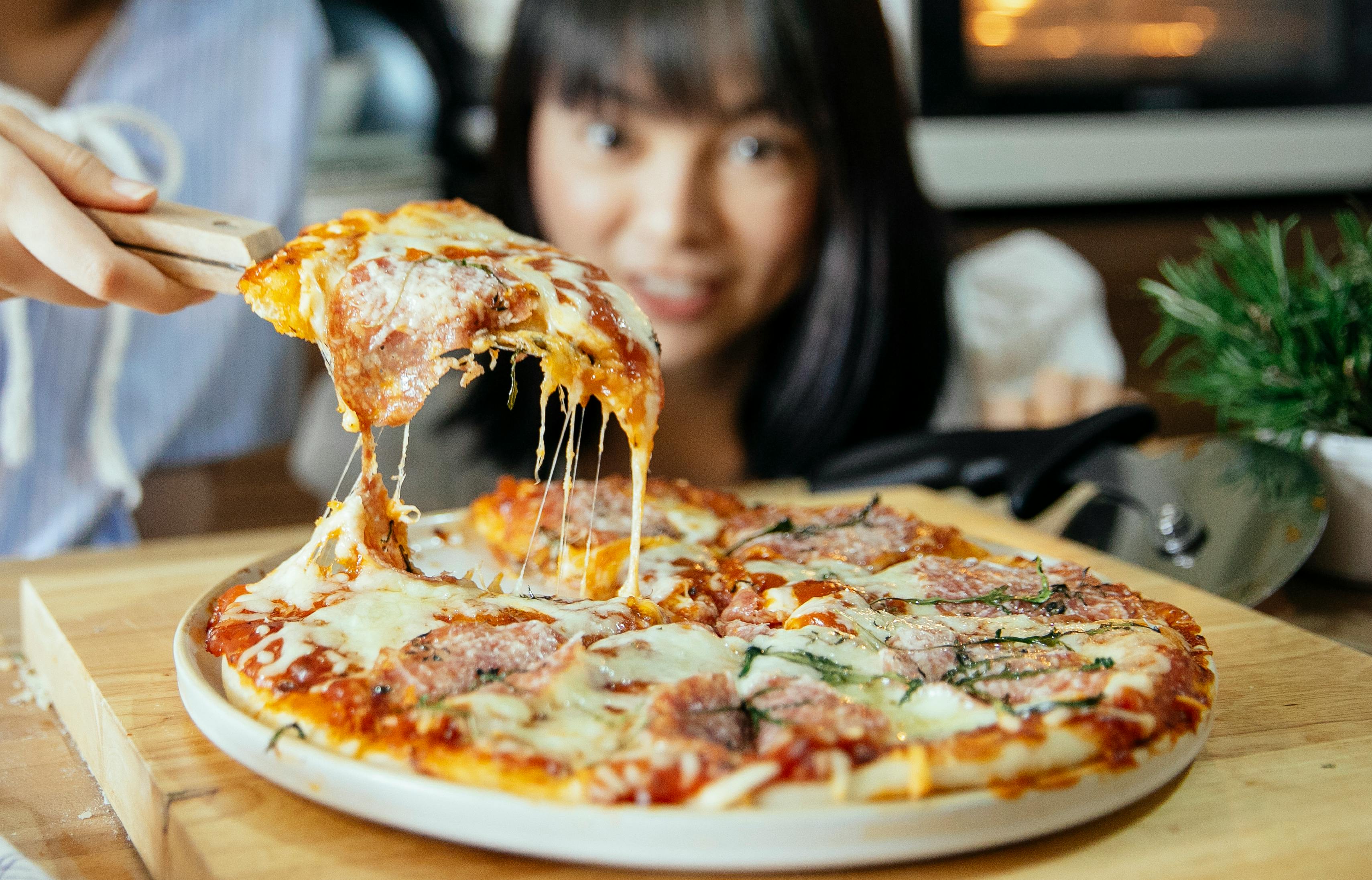The Masaai live in makeshift structures known as manyattas. The manyatta consists of several enkajis or huts surrounded by a security wall. The shelters were made to be very temporary as they were nomadic herders. The enkaji was made from readily available materials. These were the branches of the trees, the cow dung and the soil. The cow dung was for waterproofing and would be plastered all over the walls. Wooden posts were set into the ground and smaller branches were entwined around them. The walls were then plastered with a mixture of mud, sticks, grass, cow dung and human urine, and ash.
Women were entrusted with the duty of making these huts and maintaining them. The repairs were also made by the women. The able-bodied women of the village helped each other in the construction process. The cabin is where the family cooks, eats, sleeps, socializes, and stores food, fuel, and other household possessions. The goats and calves also spent the night in the enkaji.
The women would prepare meals for the entire family. This consisted of cow’s milk, meat and blood. Today, cow’s blood is rarely taken. Meals now consist of milk, meat, uji, and ugali. Uji is made from a mixture of milk and cornmeal. It is a liquid while ugali is a solid mixture of water and cornmeal. The girls helped their mothers cook, clean, and milk the cows. They would learn chores from a very early age.



